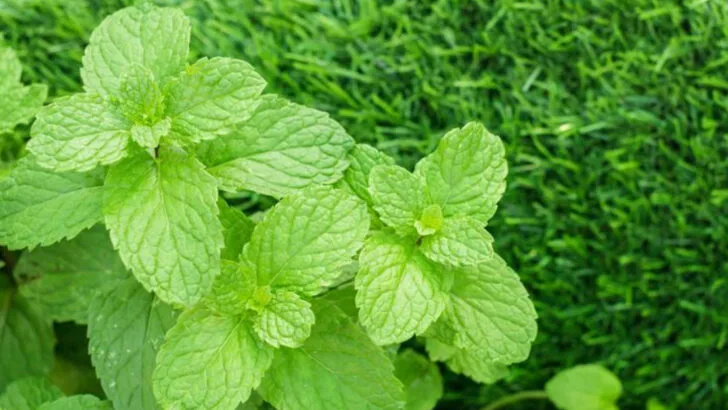Self-seeding plants can feel like a blessing, until they start popping up in places you never planned for. One minute, you’re admiring a patch of cheerful flowers, and the next, they’ve multiplied across half your yard like they’ve got something to prove. Some are charming for a season and then stick around like that guest who won’t take a hint.
On the other hand, not all self-seeders are out to take over. Some do their thing quietly, filling in gaps without creating chaos. The trick is knowing which ones you can count on and which ones are better admired from a distance. Here’s a rundown of the over-eager spreaders to skip and the ones that know how to keep it classy.
Mint
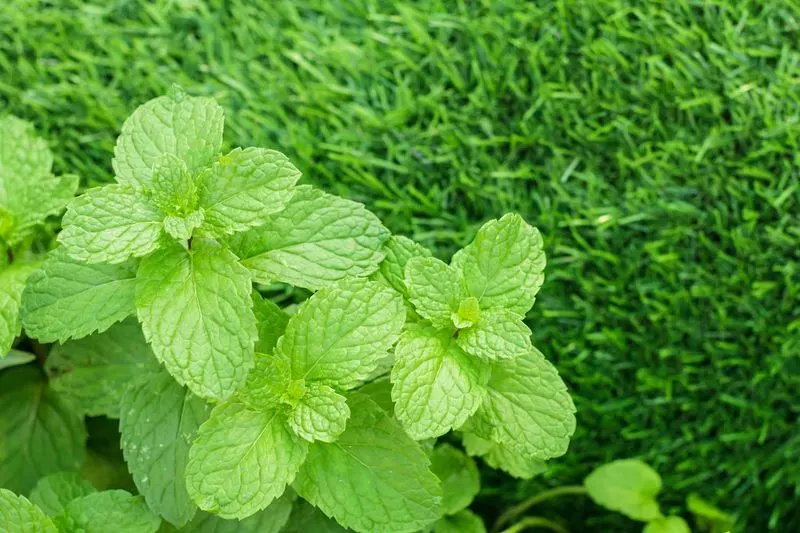
Mint is notorious for its vigorous growth and tendency to spread uncontrollably. Once introduced to a garden, its roots can easily take over, making it a challenge to contain. Even a small overlooked piece of root can sprout into a new plant, swiftly overrunning flower beds.
Gardeners often find themselves in a constant battle to keep mint in check. While its aromatic leaves are wonderful for culinary uses, mint’s rampant nature requires diligent management.
Consider planting mint in pots or containers to prevent it from becoming an invasive presence in your garden.
Morning Glory
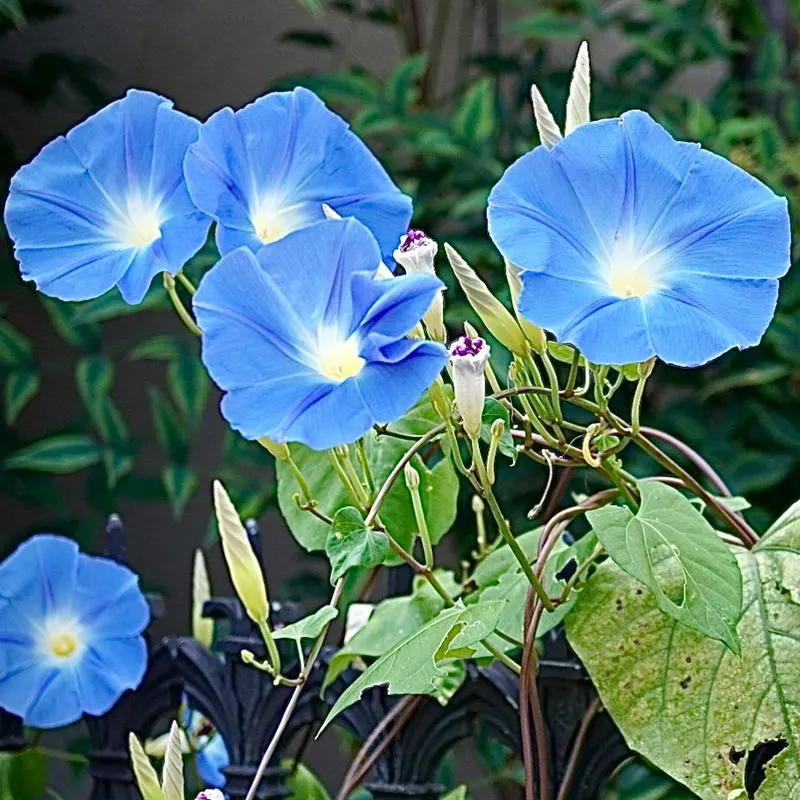
Morning Glory, with its enchanting blooms, can quickly become a gardener’s dilemma. These rapid climbers have a penchant for seizing any support available, often smothering other plants in their path.
Their seeds scatter widely, sprouting wherever they land, making it difficult to control their spread. Despite their beauty, Morning Glories demand vigilant oversight to prevent them from overwhelming your garden space.
If you love their aesthetic, consider selecting non-invasive varieties or regularly pruning to keep them in check.
Bamboo

Bamboo, while a symbol of tranquility, can transform your garden into an unmanageable thicket. Its underground rhizomes spread rapidly, sending up new shoots far from the original planting site.
Once established, bamboo is incredibly difficult to remove, often requiring extensive labor to eradicate completely. Gardeners must be cautious when introducing bamboo, as its aggressive nature can easily disrupt the balance of a landscape.
Consider using barriers or opting for clumping varieties to prevent bamboo from becoming a garden tyrant.
Creeping Charlie
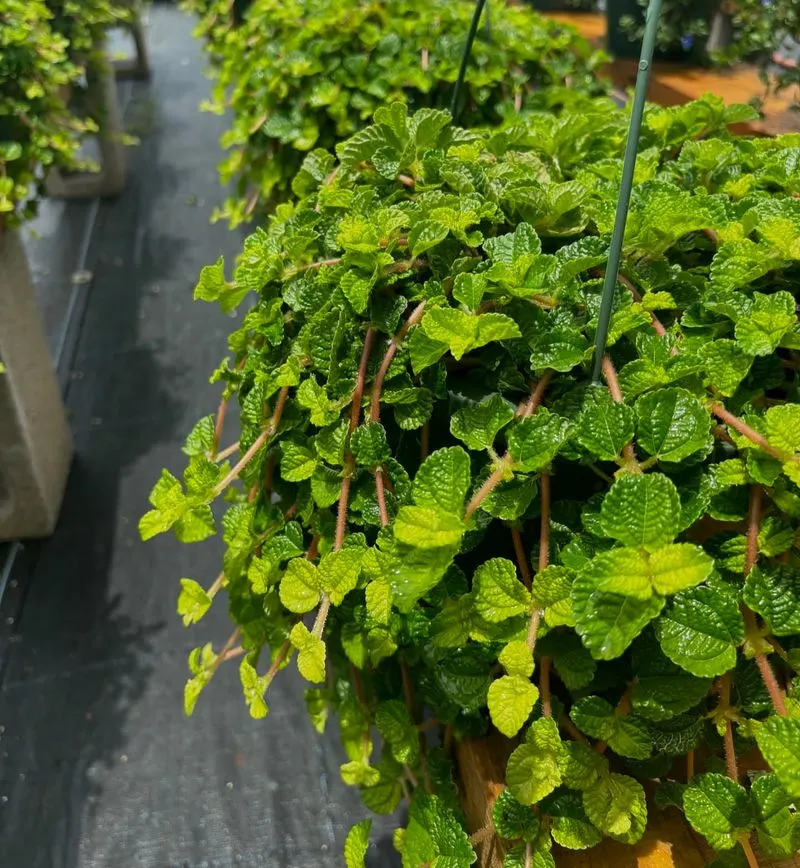
Creeping Charlie might seem unassuming, but its relentless growth can take over your garden floor. This invasive ground cover spreads through stolons, quickly forming dense mats that crowd out other plants.
Once established, it can be difficult to eradicate, as its roots are stubborn and persistent. Despite its attractive appearance, Creeping Charlie is best managed through regular maintenance and removal.
For those seeking ground cover options, consider alternatives like creeping thyme or vinca minor, which are less invasive.
Bindweed
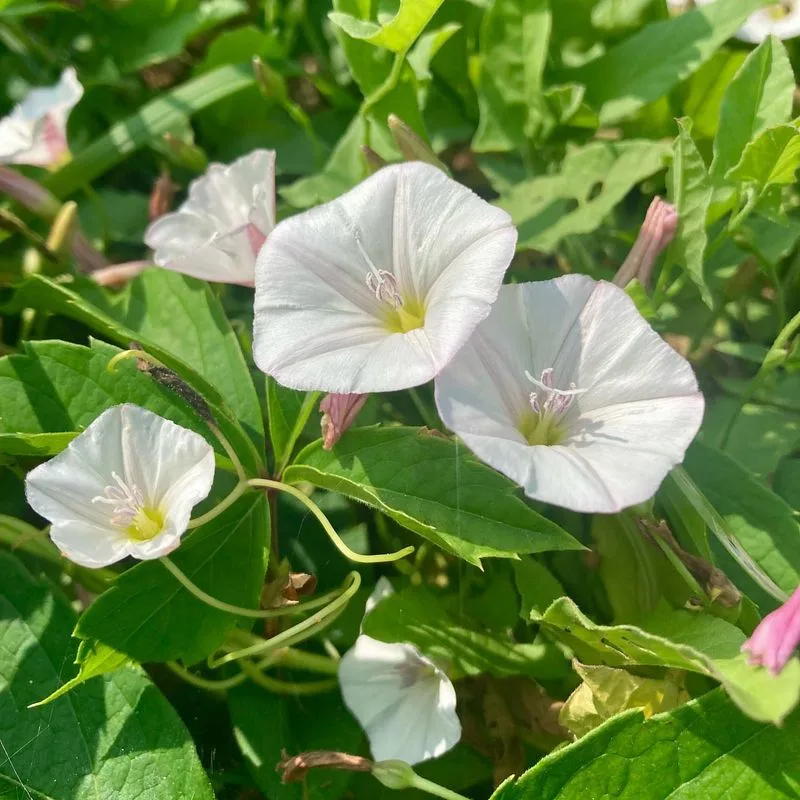
Bindweed, with its delicate white flowers, conceals a more sinister side. It’s a vigorous climber that coils around other plants, effectively strangling them. Its roots delve deep into the soil, making it hard to eradicate once established.
Gardeners often find bindweed a persistent foe, requiring regular intervention to control its spread.
Though it can be appealing in a wild setting, bindweed is best kept out of cultivated gardens to prevent it from overpowering desired plants.
Japanese Knotweed
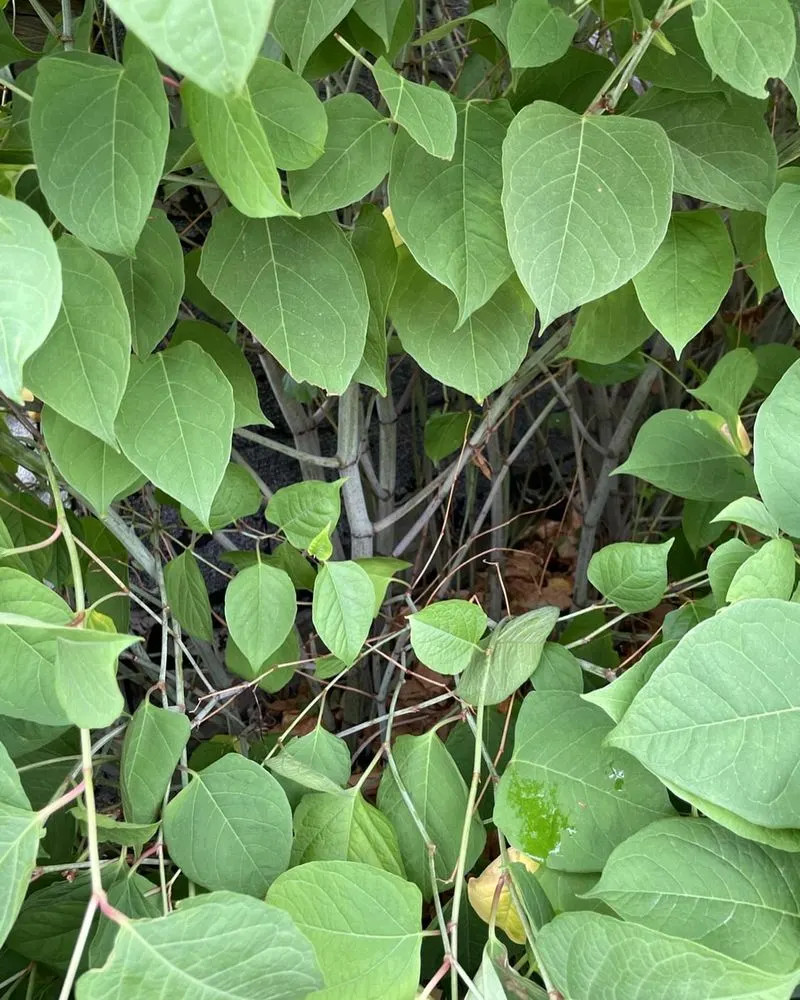
Japanese Knotweed is infamous for its destructive impact on both gardens and structures. Its roots can penetrate deep, damaging foundations, pavements, and drainage systems.
This invasive plant spreads rapidly, often requiring professional assistance for complete removal. Its presence is a common concern among property owners, as it can lower property values.
If you encounter Japanese Knotweed, act swiftly to remove it. Avoid planting it near homes or landscaped areas to prevent any future issues.
Wisteria
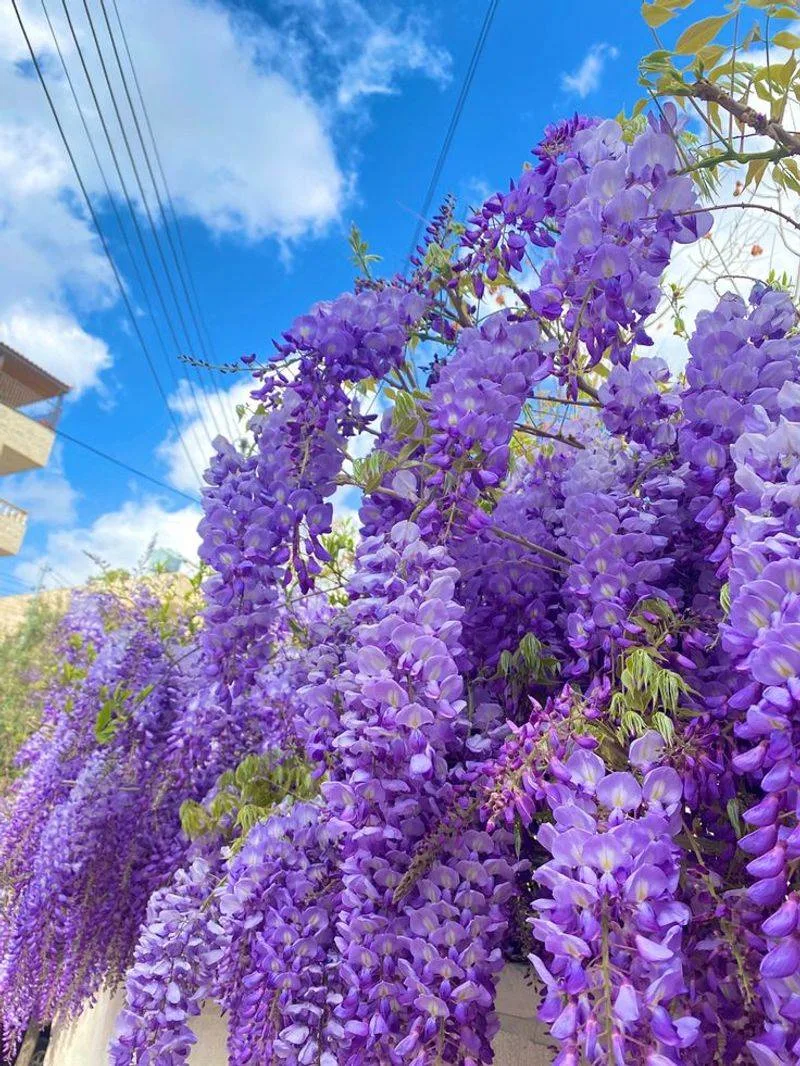
Wisteria’s cascading blooms are a sight to behold, but this vigorous climber can easily dominate a garden structure. Its woody vines twist tightly, often damaging trellises and pergolas.
Without regular pruning, wisteria can become unmanageable, overshadowing other plants with its expansive growth. While breathtaking in bloom, its invasive potential requires careful management.
To enjoy wisteria’s beauty without losing control, ensure regular pruning and choose locations where its spread can be contained.
Purple Loosestrife
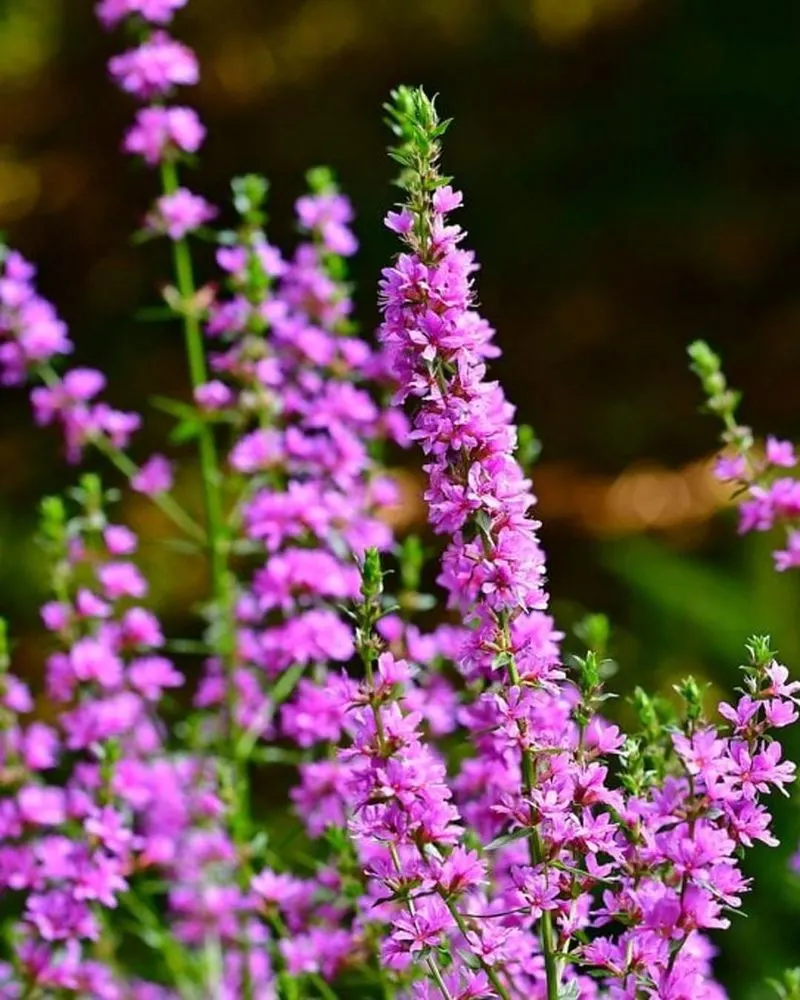
Purple Loosestrife, with its majestic spikes of purple flowers, is an invader of wetlands and marshes. It disrupts local ecosystems by outcompeting native plants, ultimately reducing biodiversity.
This aggressive species spreads through both seeds and roots, making it a challenge to control once established. Its presence in natural habitats is carefully monitored to prevent ecological imbalance.
Gardeners should avoid introducing Purple Loosestrife into their gardens and opt for native alternatives like blazing star or swamp milkweed.
Giant Hogweed
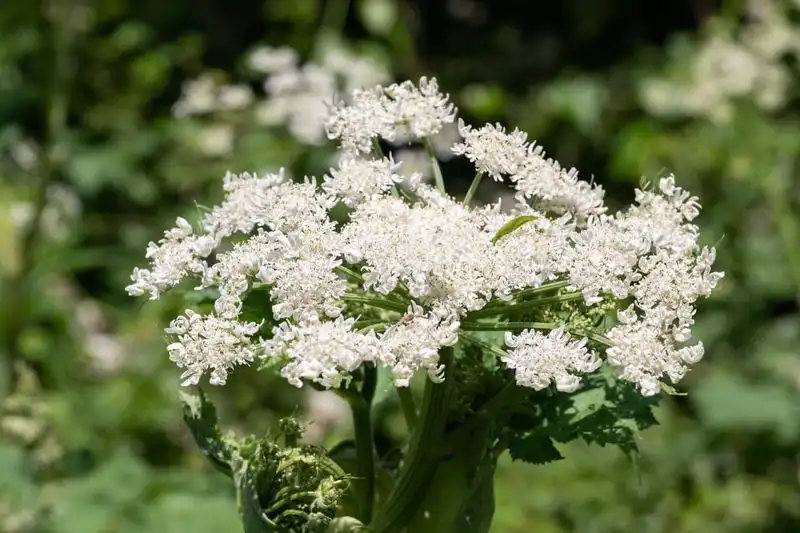
Giant Hogweed is not only invasive but also dangerous, with its sap causing severe skin irritation and burns. This towering plant spreads through prolific seed production, often colonizing open fields and riverbanks.
Its presence demands caution, as contact with its sap should be avoided. When dealing with Giant Hogweed, proper protective gear is essential to prevent skin injuries.
Those encountering this plant should prioritize removal and avoid propagation, as it poses both an ecological and health threat.
Garlic Mustard
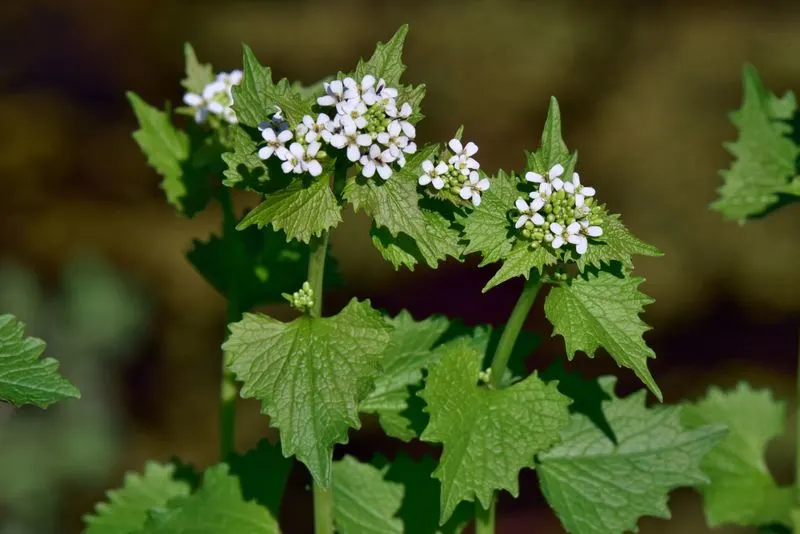
Garlic Mustard is a stealthy invader, spreading quietly under the cover of forests. It displaces native flora by releasing chemicals that inhibit their growth, a process known as allelopathy.
This biennial plant is easy to overlook but can quickly establish itself, forming dense stands that are challenging to remove. Regular monitoring and hand-pulling are effective methods to manage its spread.
Avoid planting Garlic Mustard and consider native woodland species to maintain ecological balance in your garden.
English Ivy
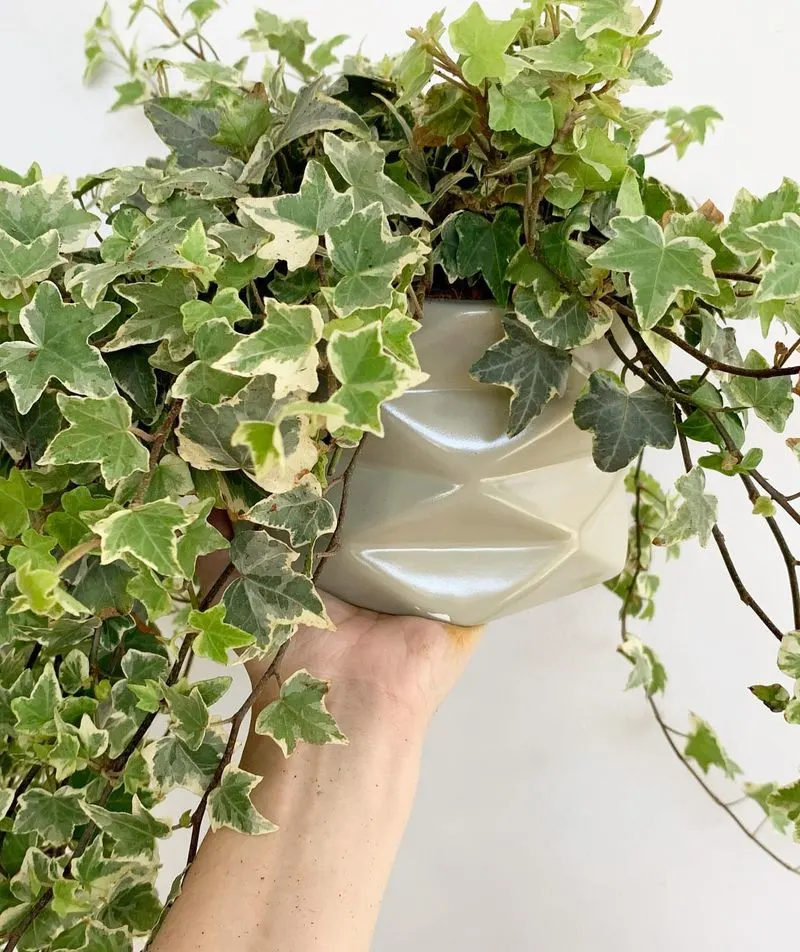
English Ivy is often admired for its evergreen foliage, but it can be deceptively invasive. This climbing plant thrives in shady areas, attaching itself to any available surface, including walls and trees.
While it adds a touch of English charm, ivy can damage structures and outcompete native plants if left unchecked. Regular pruning and monitoring are required to keep its growth in balance.
Consider using ivy in controlled environments or replace it with less aggressive alternatives like Virginia Creeper.
Yellow Archangel
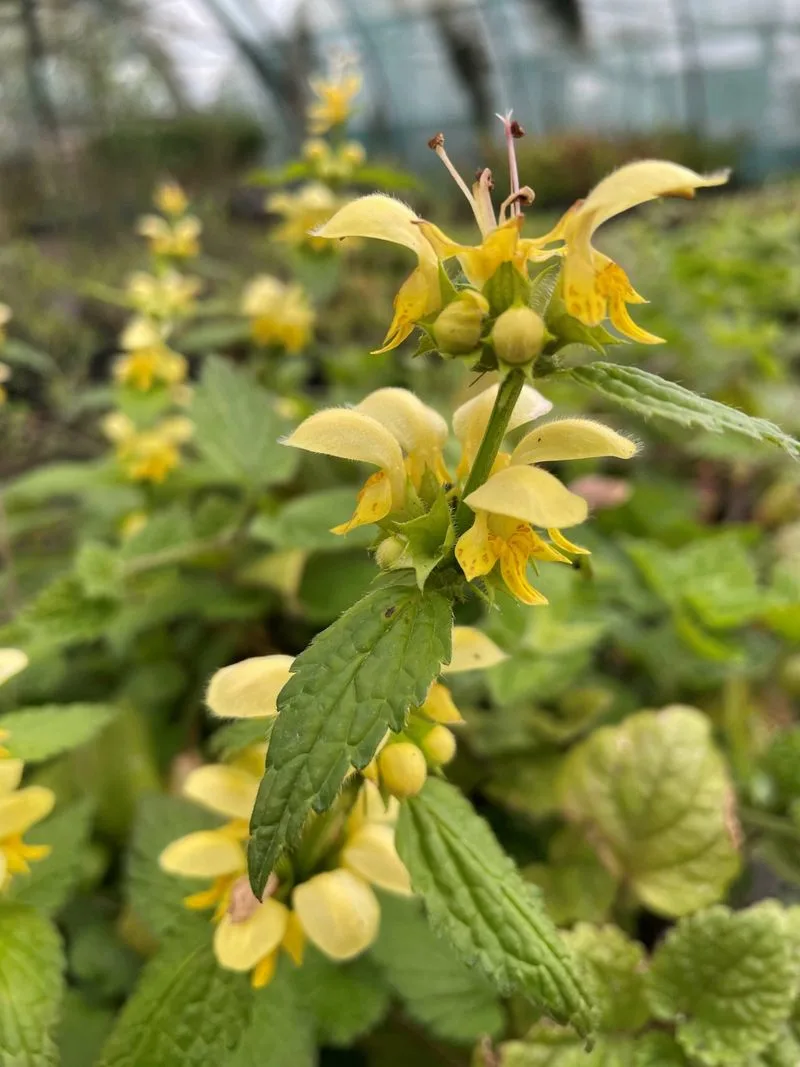
Yellow Archangel, with its golden foliage, might seem like a delightful ground cover choice. However, its aggressive spreading habit can suffocate native plants, especially in woodlands.
This plant’s speed in coverage makes it a formidable invader, often requiring constant intervention to keep it in check. Gardeners should exercise caution when considering it for ground cover.
For those seeking vibrant alternatives, considering less invasive species like bugleweed or foamflower can help maintain garden harmony.
Cosmos
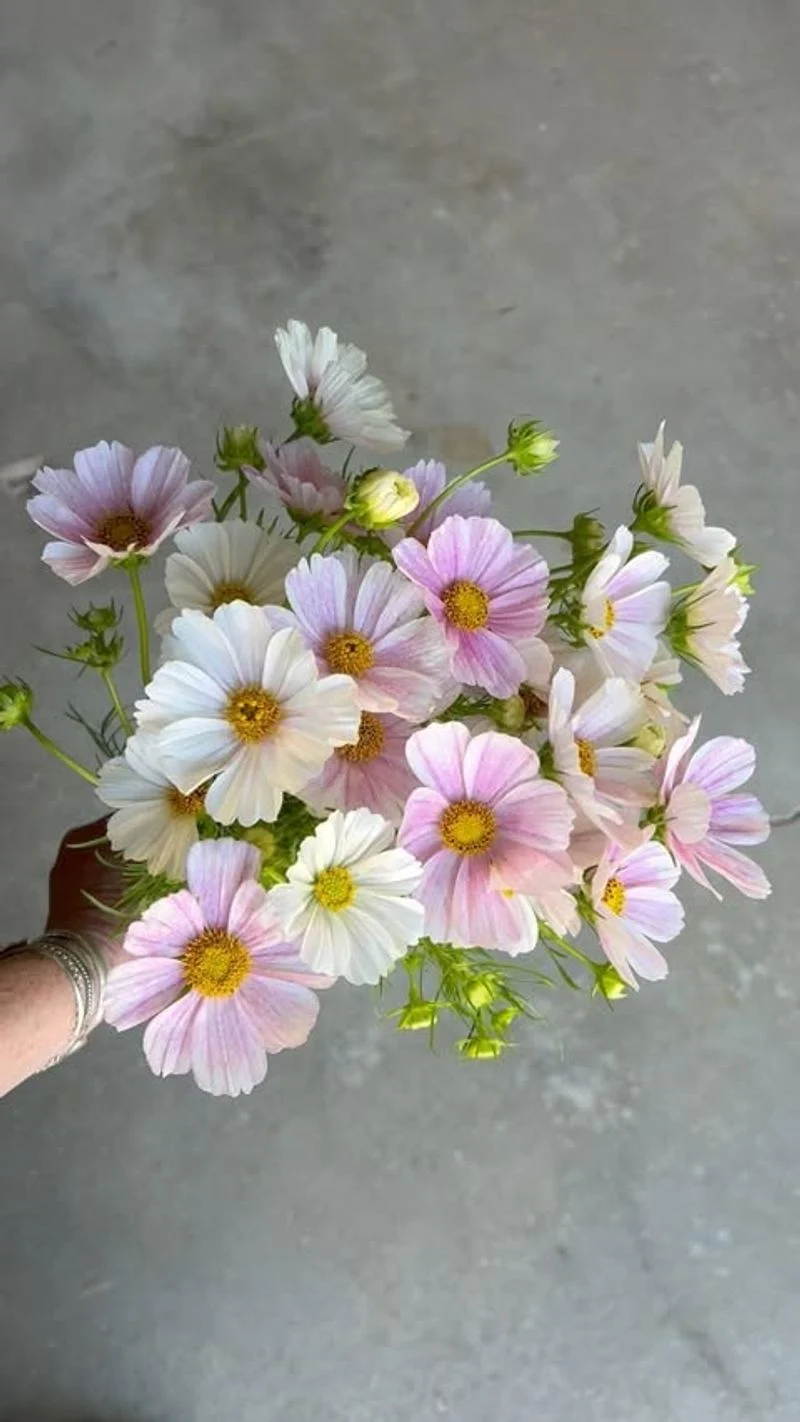
Cosmos, with its delicate petals and airy foliage, remains a gardener’s delight without the worry of invasion. Unlike some self-seeders, cosmos flowers scatter seeds gently, often allowing the gardener to decide where new plants will appear.
Their charming blooms attract pollinators, adding life and movement to garden spaces. For those seeking manageable beauty, cosmos offers a perfect blend of vibrancy and control.
Gardeners can enjoy the whimsical charm of cosmos without fear of it overtaking their carefully curated landscapes.
Calendula
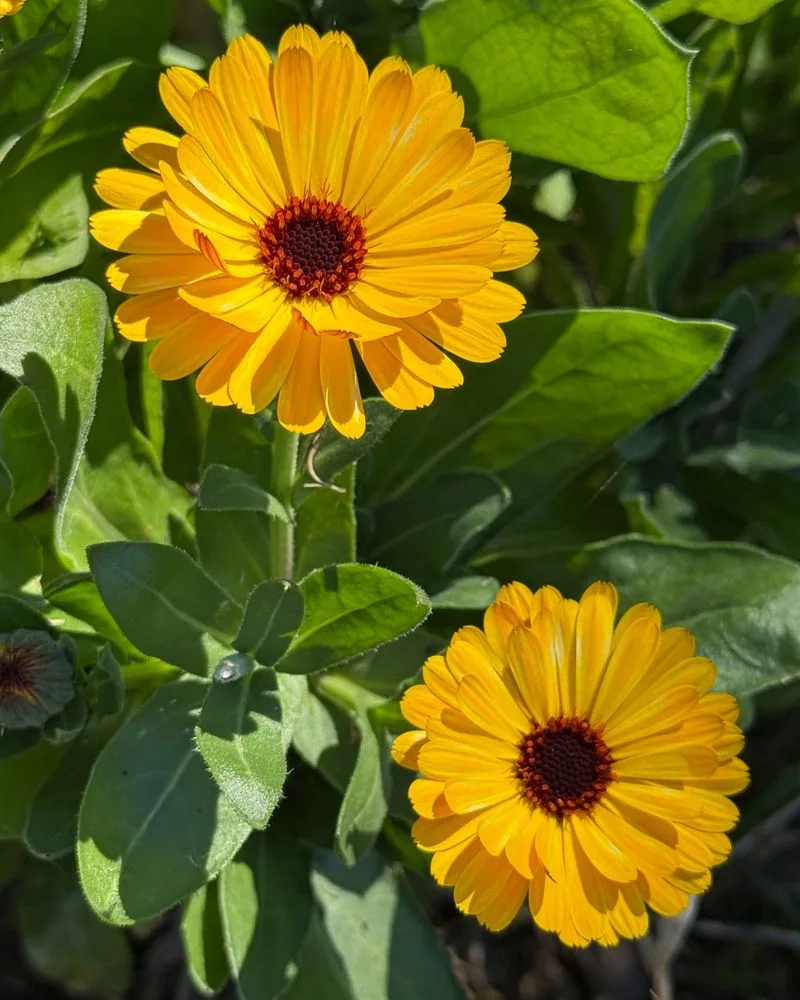
Calendula brings a splash of color and a touch of ease to garden beds. Known for its cheerful blooms, this plant self-seeds modestly, allowing gardeners to enjoy its beauty without fear of overwhelming growth.
Its seeds are easy to collect and manage, making calendula a reliable choice for those looking to maintain order in their garden spaces. These bright flowers also serve as beneficial companion plants, attracting pollinators and repelling certain pests.
Incorporate calendula for a burst of sunshine and stability in your garden.
Nigella
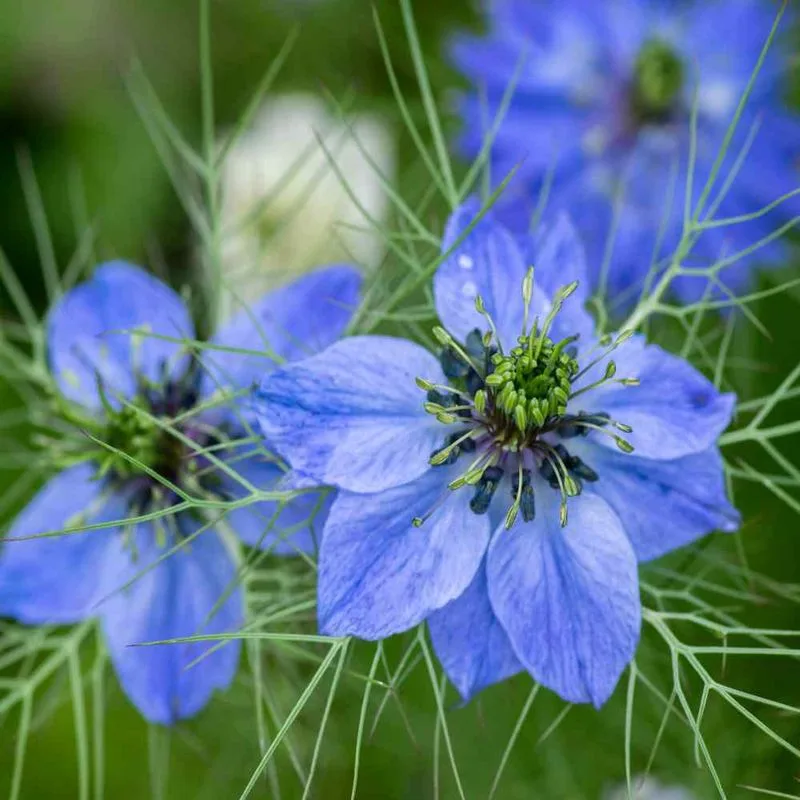
Nigella, often called “Love-in-a-Mist,” enchants with its unique, feathery petals and seed pods. Despite its ability to self-seed, nigella remains considerate in its spread, rarely overtaking garden spaces.
Gardeners appreciate its gentle nature, as it adds a whimsical touch to borders and flower beds without causing disruption. Its seeds, easy to collect and scatter, allow for creative placement and design.
Nigella’s subtle charm and manageable growth make it a beloved choice for those seeking beauty and balance.
Echinacea
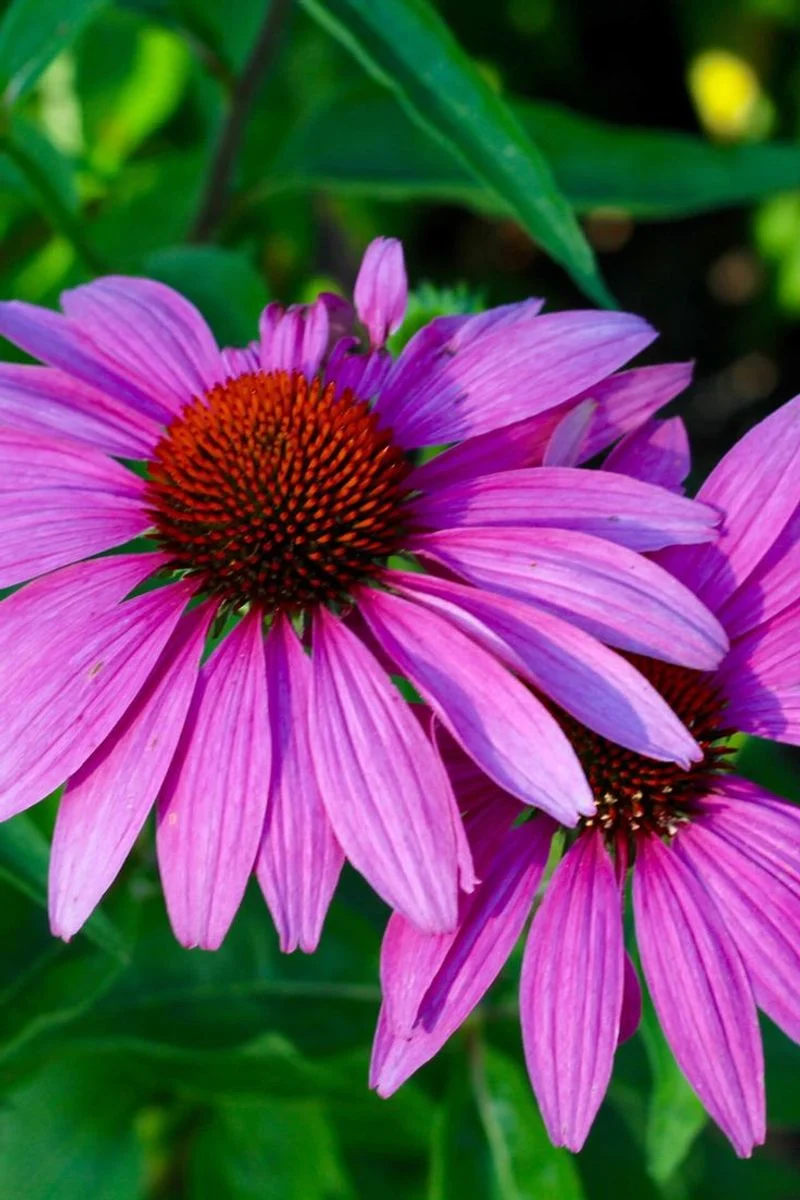
Echinacea, or coneflower, is a staple for pollinator gardens, providing vibrant blooms that bees and butterflies adore. This plant’s self-seeding habits are gentle, allowing gardeners to enjoy its presence without fear of it taking over.
Known for its medicinal properties, echinacea is both beautiful and beneficial. Its seeds can be harvested or left to naturally replenish garden spaces, offering flexibility in management.
Incorporate echinacea for a touch of resilience and charm that supports local ecosystems while maintaining garden order.
Borage
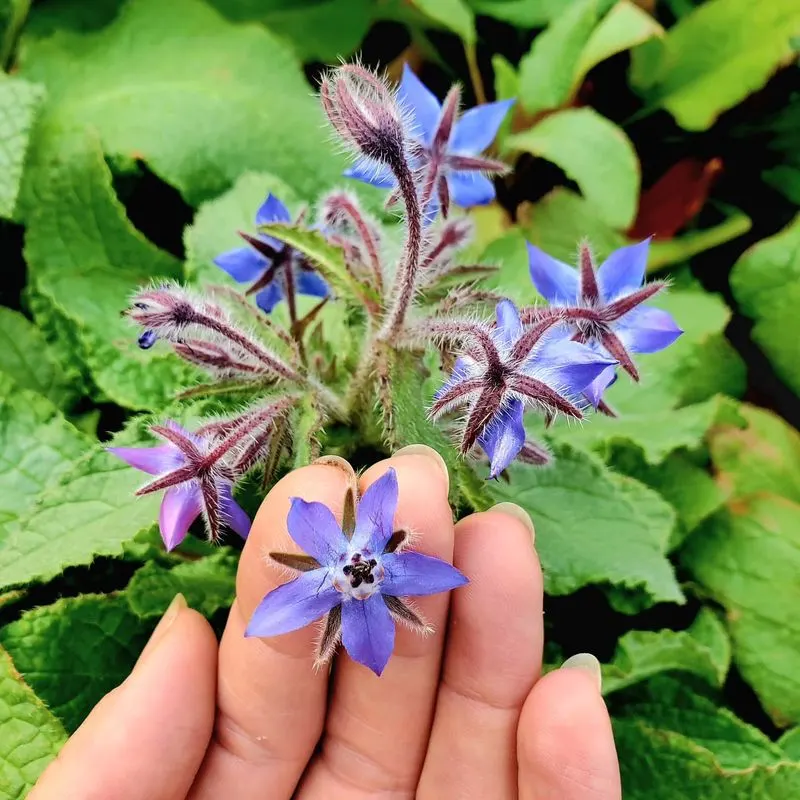
Borage, with its starry blue flowers, is a favorite among pollinators and gardeners alike. Its self-seeding nature is tempered by its non-invasive growth, making it a welcome addition to vegetable gardens and borders.
This plant not only enhances garden aesthetics but also serves as a companion plant, deterring pests and enriching the soil. Borage’s seeds are easy to manage, allowing for controlled propagation and placement.
With borage, gardeners enjoy both beauty and functionality, fostering a thriving environment without chaos.
Nasturtium
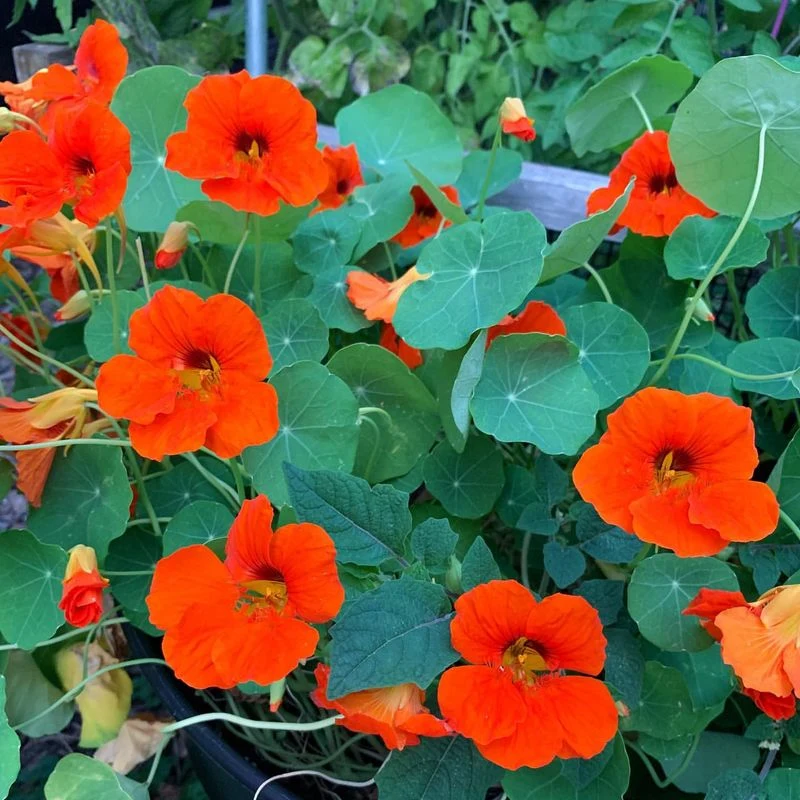
Nasturtiums, with their vibrant colors and peppery leaves, offer a lively touch to gardens. While they self-seed, these plants are easy to guide, staying within desired boundaries without becoming unruly.
Their edible flowers and leaves add culinary value, making them a multifunctional choice for gardeners. Nasturtiums also deter pests, providing a natural form of pest control.
For those seeking a plant that combines visual appeal with practicality, nasturtiums offer a harmonious solution, enhancing garden spaces with ease.
Foxglove
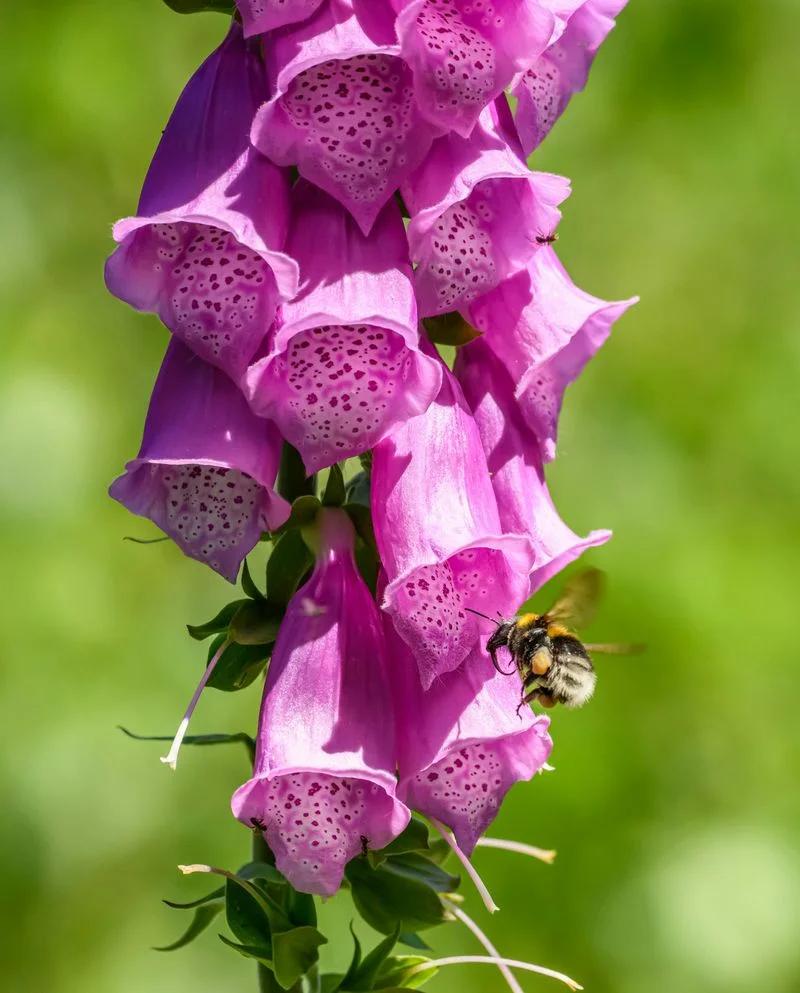
Foxgloves, with their elegant bell-shaped flowers, create vertical interest without overwhelming spaces. These biennials self-seed thoughtfully, often reappearing in areas where they’re most admired.
Their tall spikes attract hummingbirds and bees, adding dynamic life to garden corners. While foxgloves contain compounds that are toxic if ingested, they offer visual drama safely when handled with care.
Gardeners can enjoy their charm and height, ensuring that these majestic blooms remain a controlled and celebrated feature.
Lupine
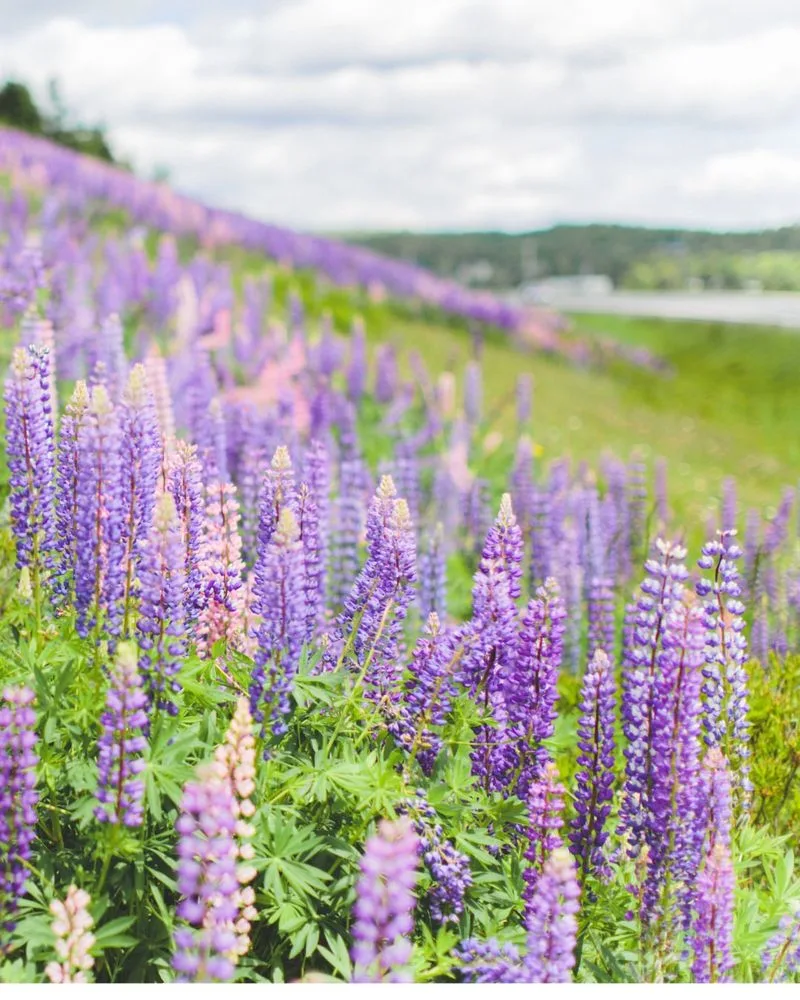
Lupines, with their towering spires of colorful blooms, contribute to a garden’s vertical allure. Despite their ability to self-seed, lupines remain polite, often staying within their designated areas without causing disruption.
These nitrogen-fixing plants enrich the soil, promoting a healthy garden ecosystem. Gardeners value lupines for their robust nature and contribution to biodiversity.
Introduce lupines for their structural beauty and environmental benefits, enjoying a garden that thrives in harmony.
California Poppy
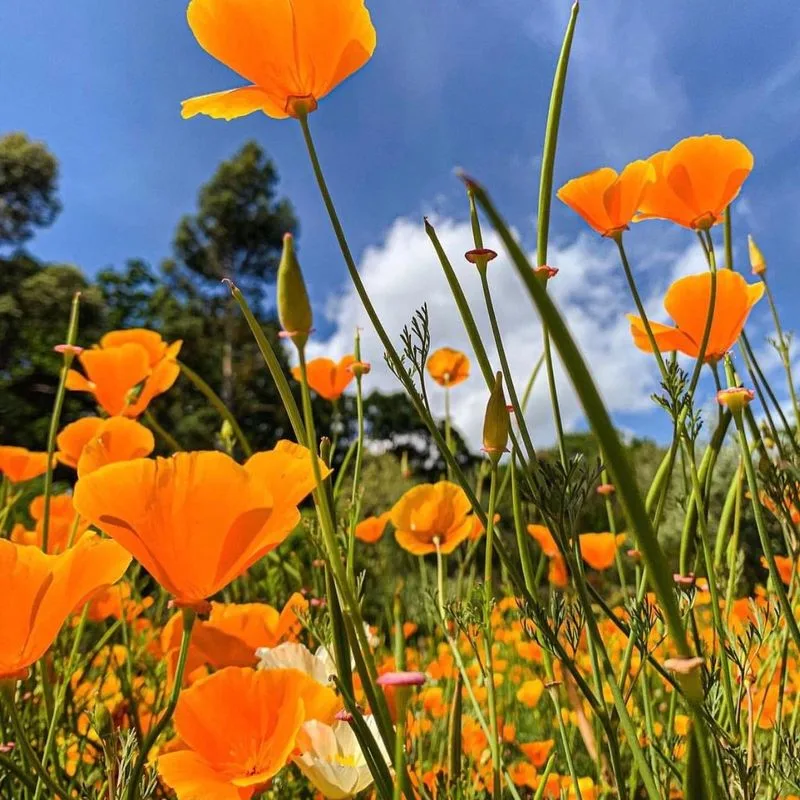
California Poppies, with their iconic orange blossoms, bring a touch of the wild west to gardens without unruliness. These cheerful flowers self-seed gracefully, often popping up in places where they enhance rather than hinder.
Their drought-tolerant nature makes them ideal for low-maintenance landscapes, thriving in poor soils where others might struggle. Gardeners appreciate their resilience and ability to attract pollinators.
For a carefree splash of color, California Poppies are a reliable choice, blending vibrancy with restraint.
Bee Balm
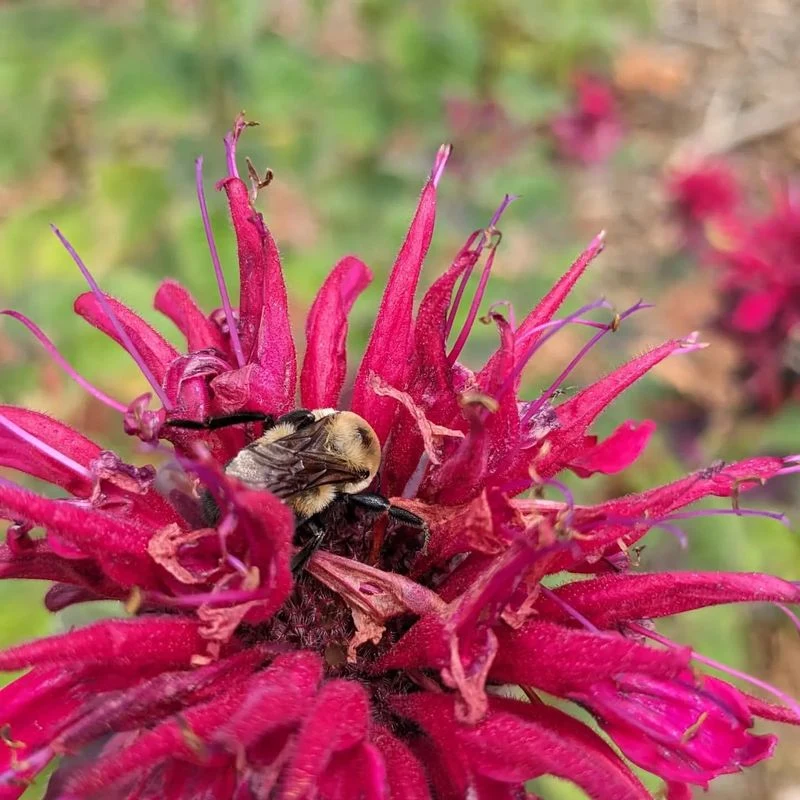
Bee Balm, with its striking clusters of red and pink blooms, is a magnet for pollinators. This plant self-seeds gently, allowing gardeners to enjoy its presence without fear of takeover.
Its fragrant foliage also deters pests, offering a dual benefit of beauty and practicality. Bee Balm thrives in sunny spots, contributing to vibrant, lively garden spaces.
Incorporate Bee Balm for its dynamic color and ecological benefits, fostering a garden that supports and celebrates nature’s wonders.
Sunflower
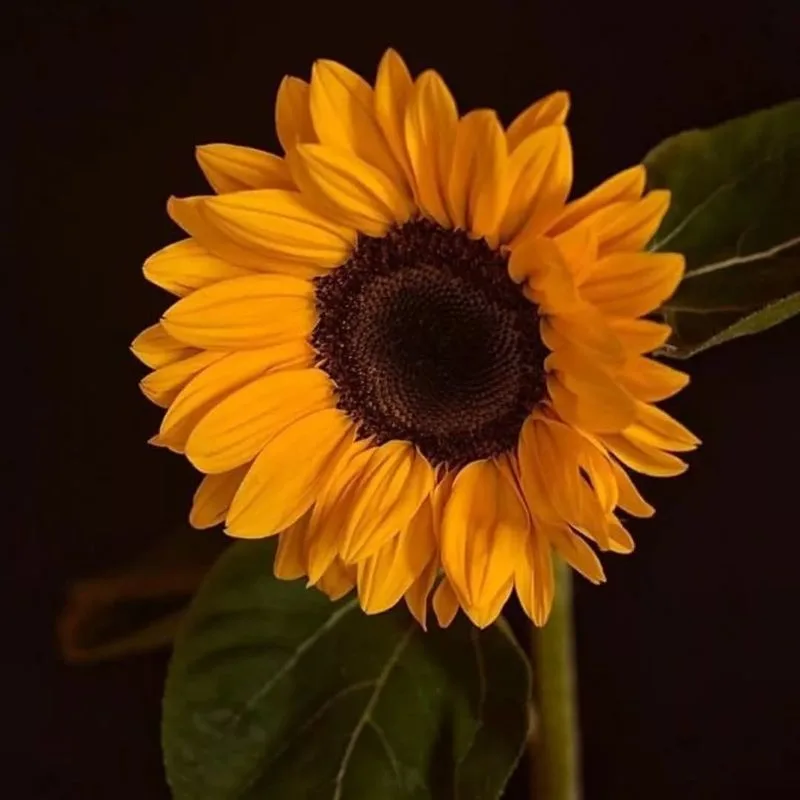
Sunflowers, towering and radiant, bring a sense of optimism and joy to gardens. Their self-seeding is often deliberate, as these giants are easy to manage and contain within desired boundaries.
Their seeds provide food for birds and other wildlife, adding an ecological aspect to their beauty. Sunflowers’ cheerful disposition and minimal maintenance make them a favorite among gardeners.
For those seeking to add height and brightness, sunflowers offer a manageable and rewarding option, celebrating nature’s grandeur without chaos.
Marigold
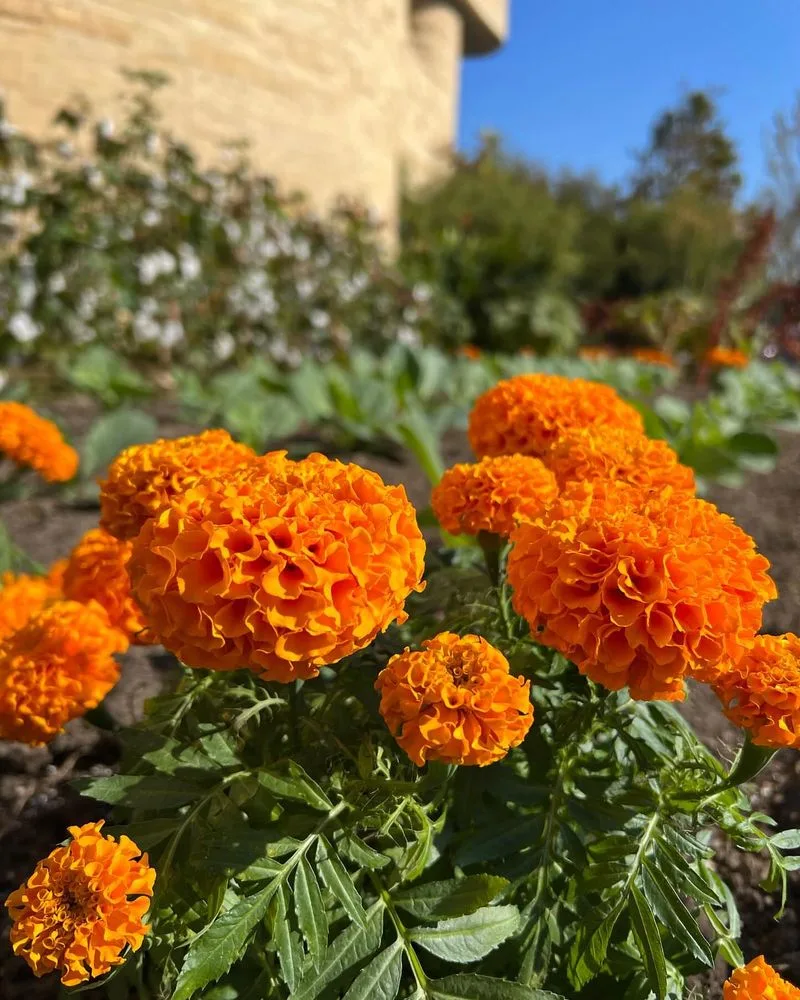
Marigolds, with their sunny disposition and pest-repelling properties, are a gardener’s ally. These vibrant blooms seldom overstep their bounds, making them a reliable choice for your flower beds. Unlike more aggressive self-seeders, marigolds show restraint, ensuring your garden remains orderly.
Their ability to attract beneficial insects adds to their appeal. A splash of golden yellow or rich orange, marigolds elevate any garden’s aesthetic without the worry of them taking over. Did you know? In many cultures, marigolds symbolize positive emotions, enhancing both garden beauty and spirits alike.

